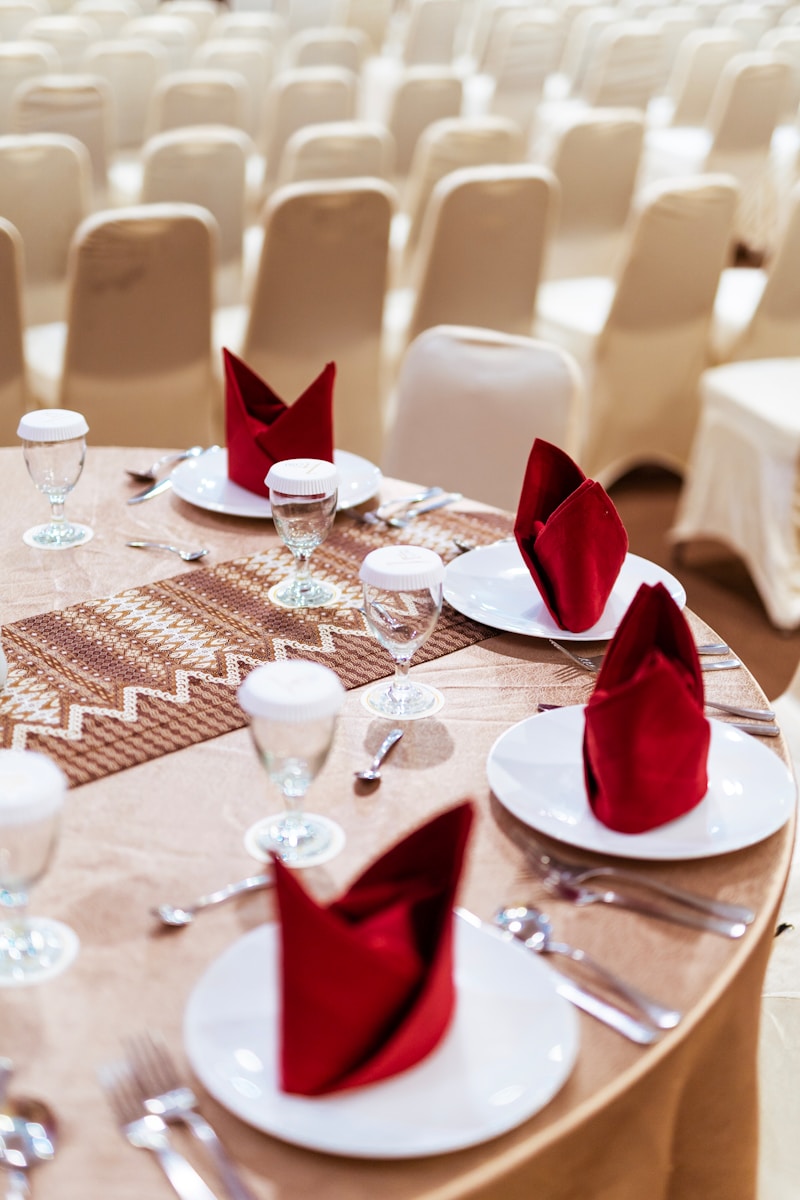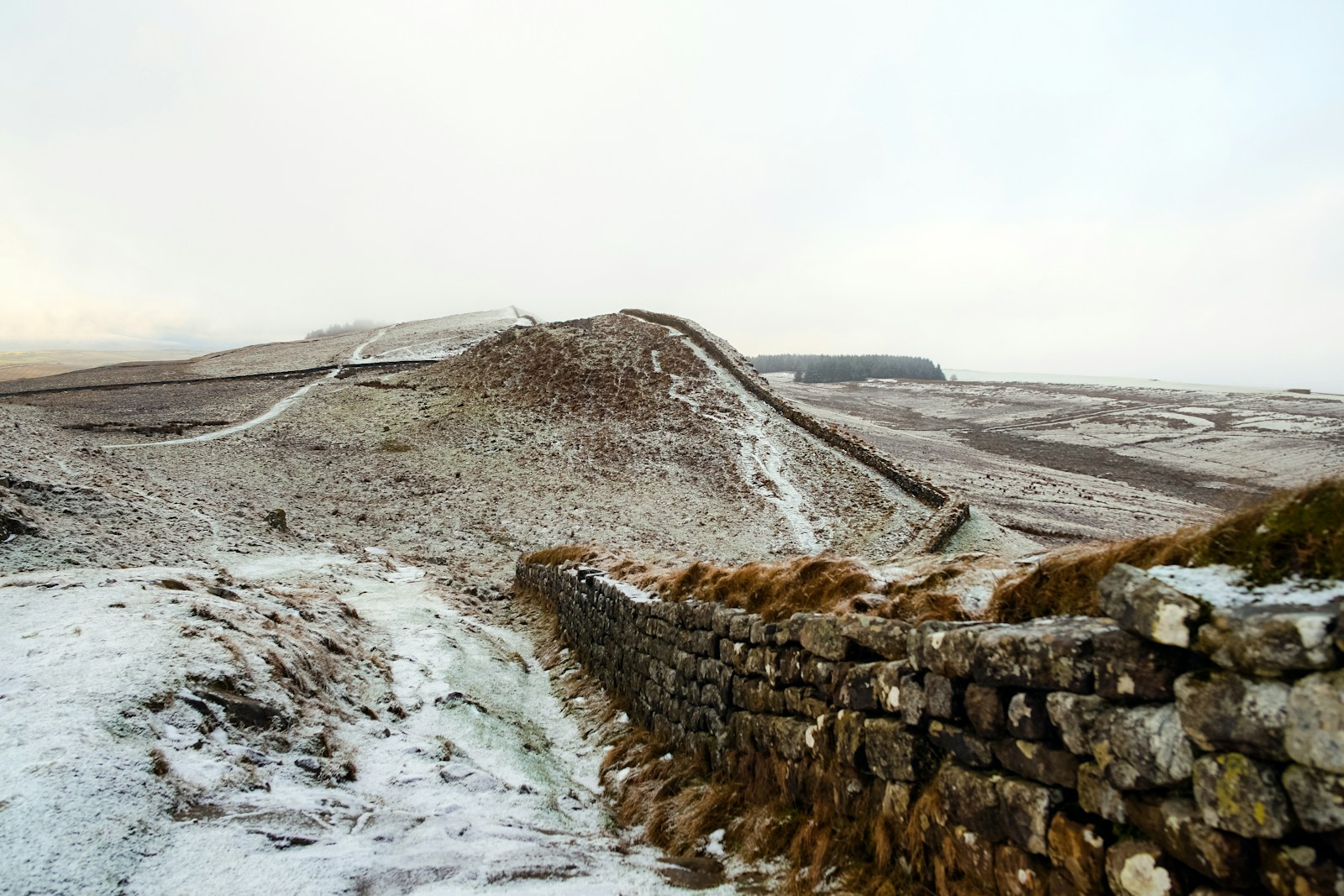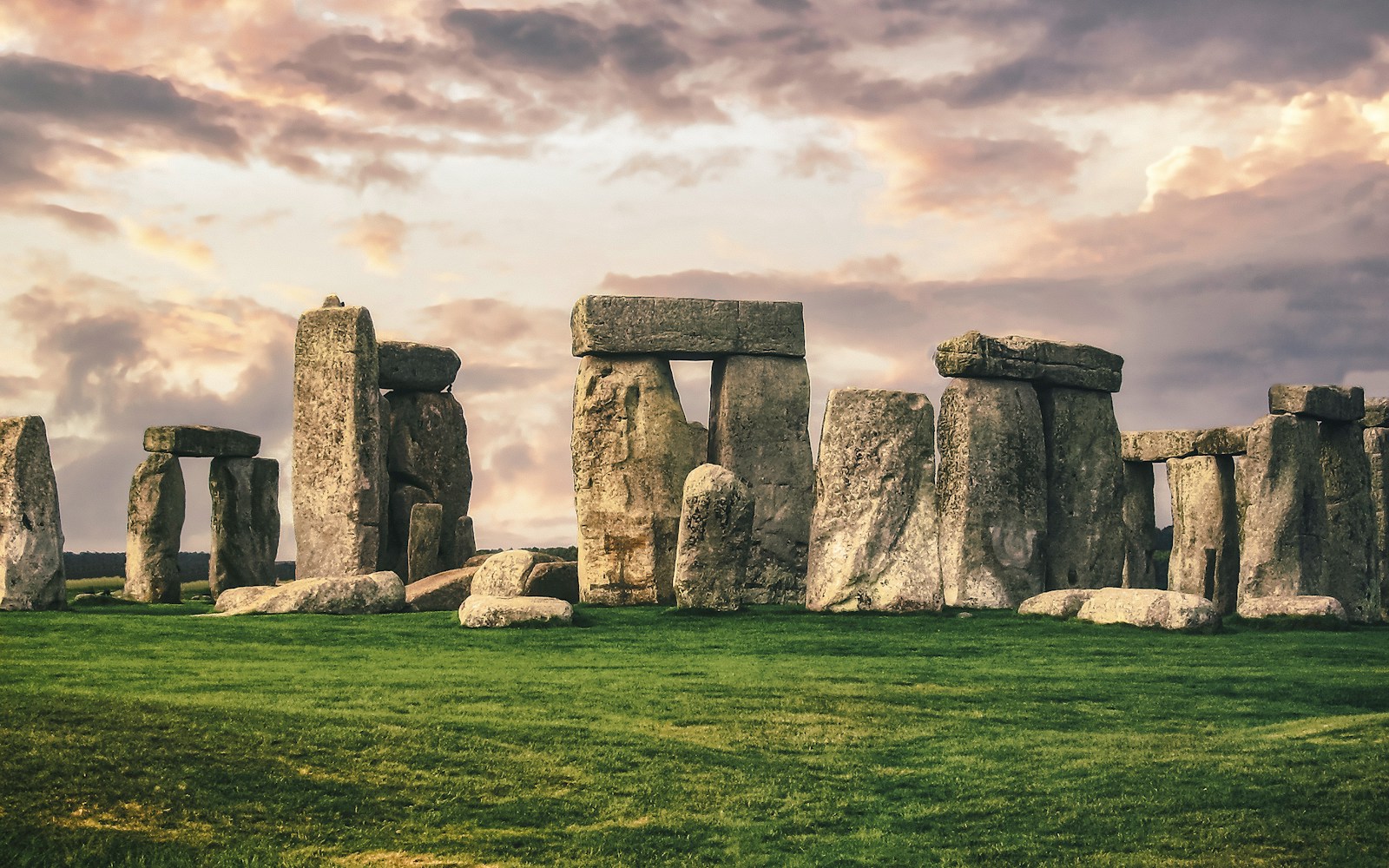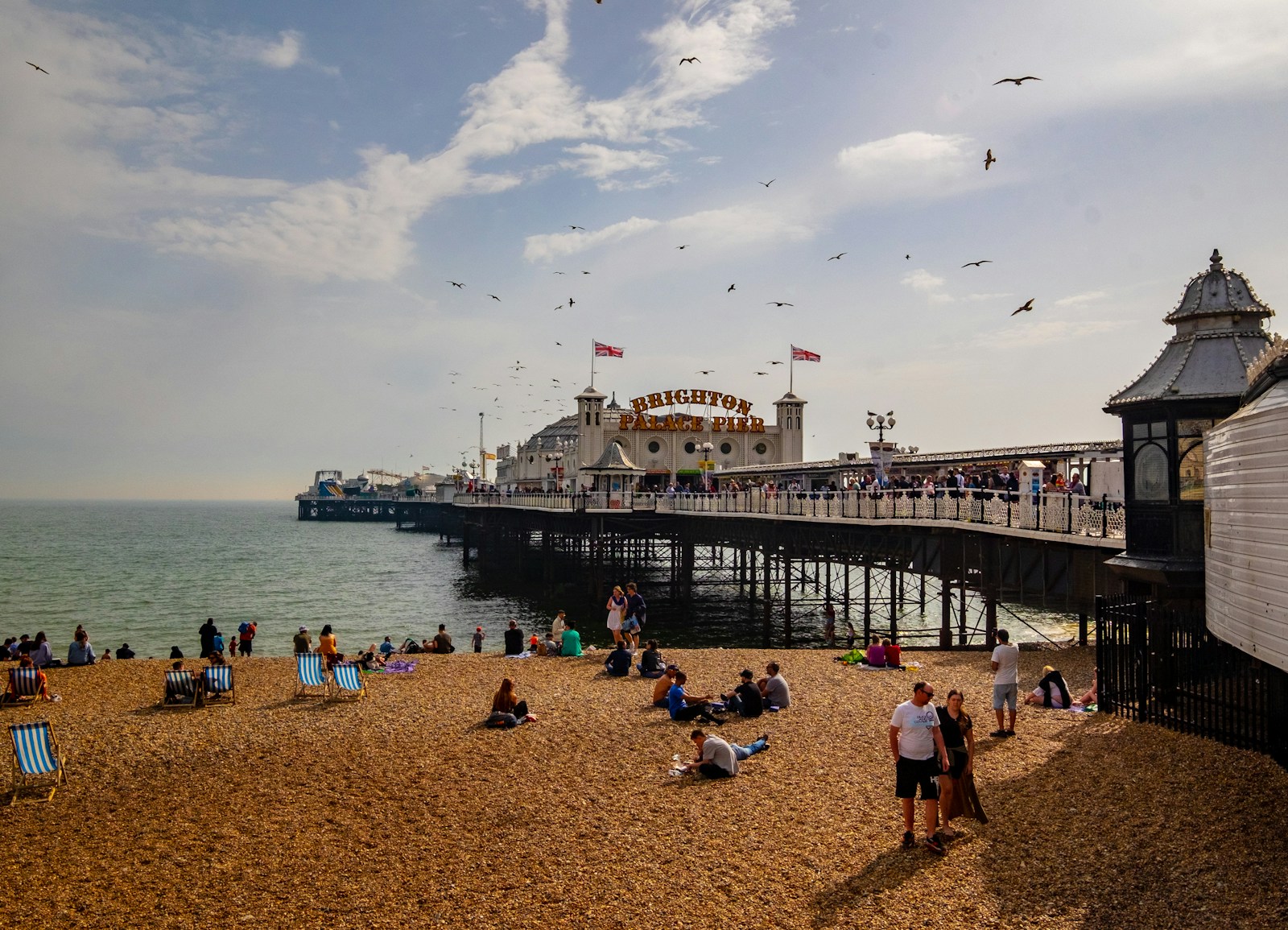
Introduction
Ah, the allure of vintage train travel! Picture this: plush compartments, elegant dining cars, and the rhythmic chugging of a locomotive cutting through the English countryside. The romance of rail travel in Britain, especially during the mid-20th century, is something that still captivates the imagination today. It was a time when train journeys were not just a means to an end but an adventure filled with glamour, comfort, and a touch of nostalgia. So, let’s take a delightful trip down memory lane and explore what made this era so special.
A Brief Historical Context
The story of British rail travel is as rich as the landscapes it traverses. The railway boom began in the early 19th century, dramatically transforming the way people moved around the country. However, it was during the interwar period, particularly from the 1920s to the 1950s, that the golden age truly flourished. With the advent of luxury trains and the rise of railway companies like the London Midland and Scottish Railway (LMS) and the London and North Eastern Railway (LNER), the focus shifted from merely getting from point A to B, to doing so in style.
The Trains of the Era
When we talk about the golden age, we can’t overlook the magnificent trains that graced the tracks. The Flying Scotsman, the Blue Pullman, and the Southern Railway’s ‘Queen of Scots’ are just a few names that evoke a sense of grandeur.
The Flying Scotsman
Launched in 1923, the Flying Scotsman was iconic not just for its sleek design but also for its speed and service. It was the first locomotive to be officially certified at a speed of 100 mph and became a symbol of British engineering prowess. Passengers enjoyed dining in stunning compartments adorned with sumptuous fabrics, and the service was impeccable—complete with silver cutlery and waiters in crisp uniforms.
The Blue Pullman
Introduced in 1960, the Blue Pullman set the bar even higher for luxury train travel. With its trademark blue and cream livery, this train offered a first-class service that made passengers feel like royalty. The carriages were spacious, and the dining experience was akin to dining in a posh restaurant—complete with an elegant menu that could rival any fine dining establishment.
Dining in Style
Speaking of dining, one of the highlights of train travel during this golden age was the exquisite food served onboard. Dining cars were lavishly appointed, and the meals were crafted with care, often featuring seasonal ingredients.
The Culinary Experience
Imagine sitting at a beautifully set table, crisp white linens, and polished silverware as you indulge in a three-course meal while watching the English countryside roll by outside your window. Chefs on these trains took great pride in their offerings, with menus that included everything from roast beef and Yorkshire pudding to delicate chocolates for dessert.
The experience was not just about the food; it was about the entire ambiance. The dining cars were designed to make passengers feel special, complete with waitstaff who catered to every whim. This care and attention to detail turned every meal into an event.
The Glamorous Passengers
The golden age of British rail wasn’t just about the trains; it was also about the people who traveled on them. Passengers were often well-dressed, embodying the glamour of the time. It was common to see men in tailored suits and women in elegant dresses adorned with hats and gloves.
Celebrities and Socialites
The allure of train travel attracted notable figures from all walks of life. Celebrities, politicians, and socialites often took to the rails for their journeys. The trains became a backdrop for social interactions, where conversations flowed as freely as the champagne. It was not uncommon for passengers to mingle, forming friendships or even romantic liaisons during their travels.
The Role of Advertising
The golden age of British rail was significantly propelled by clever advertising campaigns. Railway companies understood the importance of marketing luxury and the experience of travel.
Iconic Posters and Promotions
Posters from this era often depicted enchanting landscapes with trains snaking through the scenery, inviting people to hop aboard for a magical journey. The art deco style of the posters, with bold colors and striking designs, helped create a sense of wanderlust. Taglines evoked feelings of adventure and romance, suggesting that a trip by train was not just travel—it was an experience to be savored.
Innovations in Comfort and Technology
As train travel evolved, so did the technology and comfort offered to passengers. The adoption of air-conditioning in carriages, the introduction of sleeping cars, and the possibility of booking private compartments all contributed to a more comfortable journey.
The Sleeping Cars
Traveling overnight became a glamorous affair with the introduction of sleeping cars. Passengers could recline in their own private space, complete with sleeping berths draped in soft linens. The gentle sway of the train lulled many to sleep, while others enjoyed the nighttime views of the countryside.
The Decline of the Golden Age
Unfortunately, the golden age of British rail began to fade with the advent of the automobile and the rise of budget airlines. By the late 20th century, many of the luxurious trains were either retired or repurposed. However, the nostalgia for that golden era remains strong, and efforts have been made to preserve aspects of this remarkable time in railway history.
Reviving the Romance of Rail Travel Today
In recent years, there has been a resurgence of interest in luxury train travel. Companies have sought to revive the glamour and charm of the golden age, offering bespoke experiences that harken back to a bygone time.
Luxury Train Journeys
Train journeys such as the Belmond British Pullman and the Jacobite Steam Train offer passengers a taste of opulence with gourmet dining, themed excursions, and breathtaking views. These experiences encapsulate the essence of a time when train travel was a celebration rather than just a mode of transportation.
Conclusion
The golden age of British rail was a time when trains were more than just a means of transport; they were a gateway to adventure, elegance, and unforgettable experiences. This era remains a cherished memory for many, and the legacy of glamour and style continues to inspire modern train travel. Whether you’re a history buff, a railway enthusiast, or simply someone looking to explore the beauty of the countryside, the romance of trains is sure to capture your heart. So, the next time you find yourself at a railway station, take a moment to appreciate the rich tapestry of history that surrounds you—and who knows, you might just feel a touch of that old-world charm!









